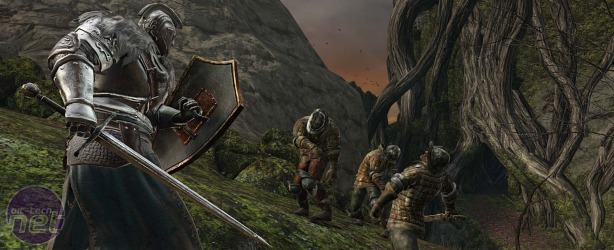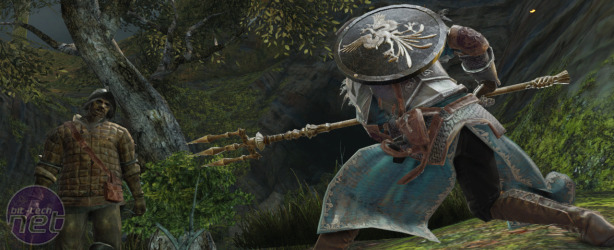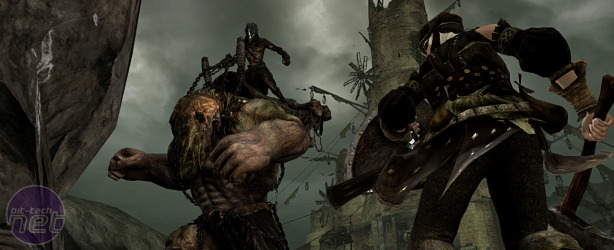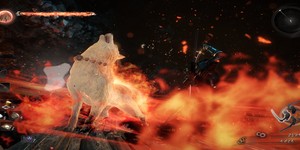
Dark Souls II Review
Price: £35.00Developer: From Software
Publisher: Namco Bandai
Platforms: X360, PS3, PC (April Release)
If you thought Dark Souls was a tough game to play, consider for a moment what making a sequel to it must be like. Putting aside the pressure of following up the most infamously, mysteriously captivating game of recent years, there's the double problem of preserving the absolute precision crafted into Dark Souls' many systems, while simultaneously changing, refining and improving it to make a new game feel worthwhile. It's like making a sequel to the Rubik's cube. Not a job we'd ask for, that's for sure.
So how have From Software approached this unenviable task? Well, there's a clue in that earlier paragraph. See, officially Dark Souls is a hack 'n' slash RPG, but beneath its brutal exterior Dark Souls is a puzzle game. The realm of Lordran was one giant riddle that dared the player to solve it, to unravel the secrets of its whispered story. Each area was a little maze to be navigated, each boss an enigma that shifted and changed and, of course, fought back.
As it turns out, what From have done for the difficult second album is, in the end, quite simple. They've given you a whole new puzzle to solve. And for the most part, this works.
Broadly speaking, Dark Souls II plays very similarly to the first game. Changes to the game's mechanics and balancing have been made, but they're small, initially imperceptible alterations that only become apparent during the course of your adventure. What is clearly different from the start is the world your story takes place in. Drangleic is the new conundrum that awaits your investigation through plodding feet and biting steel, a sprawling realm in which you must search for a cure to your curse by seeking out and obtaining four Great Souls which, you are told, will unlock the way to your salvation.
Aesthetically Drangleic is similar to Lordran before it. The heyday of the land is centuries behind it, and what's left is a crumbling ruin presided over by creatures long since given over to corruption. Where Drangleic really differs from Lordran is in its size. Dark Souls II's world is considerably larger than that of the previous game in both breadth and depth. It's also a more varied world, blending familiar landscapes and architecture with new and more alien areas. Places like The Forest of Fallen Giants and Heide's Tower of Flame strongly evoke the Undead Burg and Anor Londo respectively, while others like Earthen Peak and Brightcove Tseldora bring entirely new and equally awe-inspiring sights to the Souls universe.
Despite the increased visual variation, what Drangleic as a whole has in common is that it's about as friendly and welcoming as a Somali warlord. Concerns that From might have for whatever reason made the game easier can be put to rest. In any location a momentary slip of concentration or bout of overconfidence will result in a quick and messy demise, while parts of Drangleic are just as punishing as anywhere in Lordran, if not more so. The Shaded Woods are a particularly harrowing locale, where the very environment turns against you, concealing unseen horrors in one area before seemingly mocking you with maddening ambient laughter in another.
And if you want to talk bosses, Dark Souls II has definitely got you covered. There are dozens of them, and they too come in new varieties. Alongside your towering giants and swift, deadly warriors are new "swarm" type bosses who attempt to smother you through sheer numbers. They also range more broadly in terms of the challenge they offer. Some of the earlier bosses might not pose too much of a threat to an on-form Dark Souls veteran, but if you've got a mental blacklist that bears the names of the Capra Demon and Ormstein and Smough, prepare to add "Ruin Sentinals" and "The Duke's Dear Freja" to it, because they will bring you to your knees. And these are early-to-mid game adversaries, never mind the monsters which crop up later on.

MSI MPG Velox 100R Chassis Review
October 14 2021 | 15:04













Want to comment? Please log in.